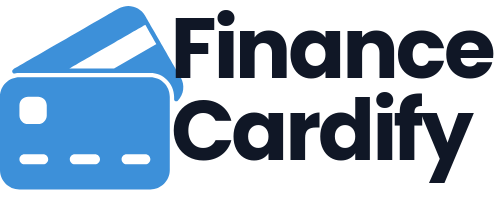When it comes to investing, understanding the differences between fixed income and variable income investments is crucial to shaping a strategy that aligns with your financial goals, risk tolerance, and investment timeline. Both types of investments play essential roles in the world of finance, and choosing between them depends significantly on your investor profile. This guide will explore the features, benefits, and risks associated with fixed income and variable income investments to help you determine which option best suits your needs.
Understanding Fixed Income Investments
Fixed income investments are securities that provide returns in the form of regular, fixed payments and the return of principal at maturity. The most common types of fixed income investments include bonds, treasury securities, and certificates of deposit (CDs). They are generally considered safer than variable income investments and are favored by individuals who seek stability and predictable income.
Features of Fixed Income Investments
- Stable Returns: Provides steady income through regular interest payments.
- Lower Risk: Generally involves less risk compared to stocks.
- Capital Preservation: Ideal for those nearing retirement or with low-risk tolerance.
Benefits
- Predictability: Regular and predictable income stream.
- Risk Mitigation: Acts as a cushion during market volatility.
- Diversification: Can reduce portfolio risk when combined with other investment types.
Risks
- Interest Rate Sensitivity: Bond prices typically fall as interest rates rise.
- Lower Returns: Generally offer lower returns compared to stocks.
- Credit Risk: Risk of default by the bond issuer, although this is usually low for government and high-grade corporate bonds.
Understanding Variable Income Investments
Variable income investments refer to securities that yield returns that can fluctuate based on underlying factors like market conditions and company performance. The most common form of variable income investments includes stocks and equity funds. These investments offer the potential for substantial growth but come with higher risks.
Features of Variable Income Investments
- Potential for High Returns: Possibility of substantial growth over time.
- Market Participation: Provides direct exposure to the economic performance of companies and sectors.
- Ownership Stakes: Investors in stocks hold a portion of ownership in a company.
Benefits
- Capital Growth: Potential for significant appreciation in value.
- Dividends: Additional income from shares if the company distributes profits.
- Flexibility: Easy to buy and sell on major exchanges.
Risks
- Market Volatility: Prices can fluctuate dramatically.
- Capital Risk: Potential for losing value, particularly in a market downturn.
- Complexity: Requires more active management and understanding of the market.
Choosing Between Fixed Income and Variable Income
The choice between fixed income and variable income investments should be based on your individual financial goals, risk tolerance, age, and investment timeframe. Here’s how to decide which might be right for you:
For Conservative Investors
If you prioritize capital preservation and seek stable, predictable returns, fixed income investments might be more suitable. This is particularly true for retirees or those close to retirement who cannot afford to lose capital.
For Aggressive Investors
If you are in a position to handle more risk and are looking for higher returns, variable income investments could be more appropriate. Younger investors or those with a longer timeframe until retirement might benefit from the potential growth offered by these investments.
For Balanced Investors
Many investors fall somewhere in between and may choose to balance their portfolio with both fixed and variable income investments. This strategy allows them to earn steady income while still participating in the market’s growth.
Smart SEO Keywords for Organic Traffic
This guide incorporates key phrases such as “fixed income investments,” “variable income investments,” “investor profile,” “risk tolerance in investing,” “benefits of fixed income,” and “returns on variable income” to improve search engine visibility and attract organic traffic.
Good Content Practices
This article adheres to ethical content standards by providing:
- Accurate and reliable information without financial jargon.
- Balanced advice that considers different risk tolerances and financial situations.
- Practical insights that empower readers to make informed decisions.
FAQ: Fixed vs. Variable Income Investments
What should a new investor choose between fixed income and variable income?
New investors should assess their risk tolerance and investment goals. Fixed income is typically recommended for those who prefer stability and lower risk, while variable income might be suitable for those who can tolerate higher risk for potentially higher returns.
How does age affect the choice between fixed and variable income?
Age is a significant factor in investment decisions. Younger investors often have a longer time horizon which allows them to recover from the volatility associated with variable income investments. Older investors often prefer fixed income investments for stability and consistent income.
Can I switch between fixed and variable income investments?
Yes, investors can and often do switch between different types of investments based on changes in their life circumstances, financial goals, and market conditions. Regularly reviewing and adjusting your investment portfolio is key to maintaining a strategy that aligns with your evolving needs.





